Author: Paul Amico
Developed in Japan by Sapporo Breweries for use in their eponymous lager, Sorachi Ace was originally released in the 1980s and got its name from the Sorachi subprefecture of Hokkaido. As a cross between Saaz, Brewer’s Gold, and BeiKei No. 2, the goal of the breeder was to produce a variety that possessed noble characteristics with higher alpha acid levels. While the latter was accomplished, Sorachi Ace was noted as imparting beer with fairly strong notes of citrus, most notably lemon, as well as unique herbal qualities.
Alpha: 11.5 – 16%
Beta: 6 – 7.5%
Cohumulone: 23 – 28% of alpha acids
Total Oil: 1.5 – 3 mL/100g
Myrcene: 44 – 55%
Humulene: 20 – 26%
Caryophyllene: 7 – 11%
Farnesene: 2 – 5%
Linalool: 0.3 – 0.5%
Geraniol: 0.1 – 0.5%
ß-Pinene: 0.5 – 0.8%
Parentage: Progeny of Saaz and Brewer’s Gold was crossed with Beikei No. 2 male
Interest in Sorachi Ace grew quite rapidly when it was released commercially in the United States in the mid-2000s, with brewers intrigued by its pungent lemony characteristics. While I was aware of a few commercial breweries using this variety in styles ranging from Pilsner to IPA, I shied away due to reports it contributes perceptible notes of dill to beer, as that just doesn’t sound very appealing to me. Having recently picked up a bag of Sorachi Ace from Yakima Valley Hops, I figured there was no better option than to use it on its own in a Pale Ale and serve it to unsuspecting tasters for evaluation.
| MAKING THE BEER |
I went with our standard Hop Chronicles Pale Ale recipe for this batch with the hope of keeping the hop character in the spotlight.
Sorachi Ace Pale Ale
Recipe Details
| Batch Size | Boil Time | IBU | SRM | Est. OG | Est. FG | ABV |
|---|---|---|---|---|---|---|
| 5.5 gal | 60 min | 41.5 IBUs | 5.6908498 | 1.053 | 1.012 | 5.4 % |
| Actuals | 1.053 | 1.008 | 5.9 % | |||
Fermentables
| Name | Amount | % |
|---|---|---|
| Lamonta : Pale American Barley Malt (Mecca Grade) | 10 lbs | 83.33 |
| Vanora : Vienna-style Barley Malt (Mecca Grade) | 2 lbs | 16.67 |
Hops
| Name | Amount | Time | Use | Form | Alpha % |
|---|---|---|---|---|---|
| Sorachi Ace | 10 g | 60 min | First Wort | Pellet | 11 |
| Sorachi Ace | 12 g | 30 min | Boil | Pellet | 11 |
| Sorachi Ace | 18 g | 15 min | Boil | Pellet | 11 |
| Sorachi Ace | 56 g | 2 min | Boil | Pellet | 11 |
| Sorachi Ace | 56 g | 4 days | Dry Hop | Pellet | 11 |
Yeast
| Name | Lab | Attenuation | Temperature |
|---|---|---|---|
| Flagship (A07) | Imperial Yeast | 75% | 60°F - 72°F |
Notes
| Water Profile: Ca 92 | Mg 1 | Na 10 | SO4 153 | Cl 50 |
Download
| Download this recipe's BeerXML file |
I started off my brew day by collecting the full volume of water, which I adjusted to my desired profile.
After flipping the switch on my controller to get things heating up, I weighed out and milled the grain.
When the water was properly heated, I incorporated the grains and set the controller to maintain my desired mash temperature of 152°F/67°C before preparing the kettle hop additions.
Once the 60 minute mash rest was complete, I removed the grains from the sweet wort and set the controller the heat it up.
The wort was boiled for 60 minutes with hops added as stated in the recipe, after which I used my CFC to chill the wort during transfer to a sanitized fermenter.
A refractometer reading showed the wort was at my target OG.
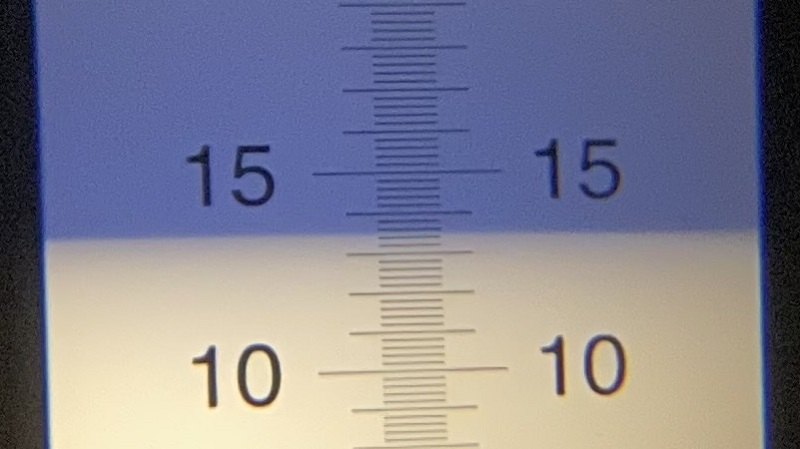
I then pitched a pouch of Imperial Yeast A07 Flagship into the wort.
The beer was left to ferment at 66°F/19°C for 2 weeks before I took a hydrometer measurement confirming FG was reached.
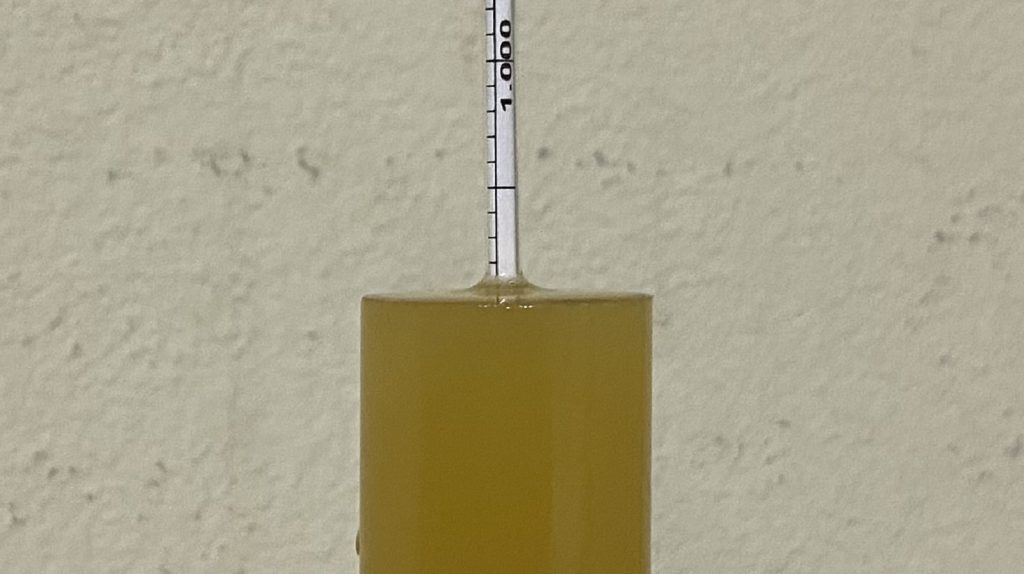
With fermentation complete, I transferred the beer to a CO2 purged keg.
The filled keg was placed in my keezer and burst carbonated overnight before I reduced the gas to serving pressure. After a week of conditioning, I began serving it to blind tasters.
| METHOD |
Participants were instructed to focus only on the aromatic qualities of the beer before evaluating the flavor. For each aroma and flavor descriptor, tasters were asked to write-in the perceived strength of that particular characteristic on a 0-9 scale where a rating of 0 meant they did not perceive the character at all and a 9 rating meant the character was extremely strong. Once the data was collected, the average rating of each aroma and flavor descriptor was compiled and analyzed.
| RESULTS |
A total of 23 people participated in the evaluation of this beer, all blind to the hop variety used until after they completed the survey. The average aroma and flavor ratings for each descriptor were plotted on a radar graph.
Average Ratings of Aroma and Flavor Perceptions
The 3 characteristics endorsed as being most prominent by participants:
| Aroma | Flavor |
| Tropical Fruit | Citrus |
| Citrus | Resinous |
| Stone Fruit | Pine |
The 3 characteristics endorsed as being least prominent by participants:
| Aroma | Flavor |
| Onion/Garlic | Berry |
| Dank/Catty | Onion/Garlic |
| Berry | Melon |
When asked to rate the pungency/strength of the hop, most tasters perceived it as being mildly to moderately pungent.
Tasters were then instructed to identify beer styles they thought the hop would work well in.
Finally, participants were asked to rate how much they enjoyed the hop character on a 1 to 10 scale.
My Impressions: Without a doubt, the most prominent aroma and flavor characteristic I got from this beer was lemon zest, to the point I was a bit surprised. I’d heard so much about the Sorachi Ace giving off flavors of dill, but I didn’t pick that up at all, just a bright lemony citrus with hints of varying other “hoppy” characteristics I struggled to parse out. I shared a growler of this beer with Marshall to see how he perceived it.
Marshall’s Impressions: Paul brewed this beer without informing me what hop was being used, so I went into my initial tasting completely blind. When bringing the glass to my face, I was immediately hit with an aroma that reminded me of lemongrass, and it was quite strong. The flavor was similar at first, though I picked up an odd herbal note in the finish, particularly when blowing air out of my nose, though I admittedly wasn’t able to apply the dill label until after Paul informed me the hop used was Sorachi Ace. Once biased by this information, the dill flavor seemed to become more noticeable.
| CONCLUSION |
For as advanced as agricultural science is these days, breeding new hops is somewhat inexact, as the progeny of well-known varieties will often produce new and unique characteristics. While such breeding is responsible for most highly lauded varieties, many experimental hops end up being less than satisfactory and get tossed onto the proverbial trash pile. This was sort of the case with Sorachi Ace, a Japanese variety developed by Sapporo Brewing that was largely ignored until curious American growers brought it back to life in the mid-2000s.
As brewers began using Sorachi Ace, reviews began to include a couple general descriptors, namely lemon and dill. Indeed, blind tasters of a Pale Ale made entirely with Sorachi Ace rated citrus as being one of most prominent aromatic qualities, along with tropical fruit and floral. While participants didn’t seem to detect many herbal notes in the aroma, their ratings of this descriptor in terms of flavor was a bit higher. It should be noted that in follow-up conversations, nobody explicitly noted tasting dill, though a few agreed it was subtly there after being informed of the hop used and existing descriptions. A majority of tasters felt this Sorachi Ace Pale Ale had moderately pungent hop character, and that IPA was the beer style it was most suited for.
I didn’t hate this beer, but the strong lemon characteristics I detected made it come across as somewhat unidimensional to me. It’s possible this sentiment was shared by tasters, as preference ratings were pretty middle-of-the-road. While it’s unlikely I’ll use Sorachi Ace again on its own in a hop-forward style, I can see it working beautifully in Saison or even a modern take on a pale lager. When combined with certain other varieties and used in moderation so as to reduce any dill qualities, Sorachi Ace would likely add a nice zesty punch as well as a pleasant bitterness to various versions of IPA.
Get yourself some Sorachi Ace hops at Yakima Valley Hops! If you have any thoughts on this variety, please feel free to share them in the comments section below.
Support Brülosophy In Style!
All designs are available in various colors and sizes on Amazon!
Follow Brülosophy on:
FACEBOOK | TWITTER | INSTAGRAM
If you enjoy this stuff and feel compelled to support Brulosophy.com, please check out the Support page for details on how you can very easily do so. Thanks!



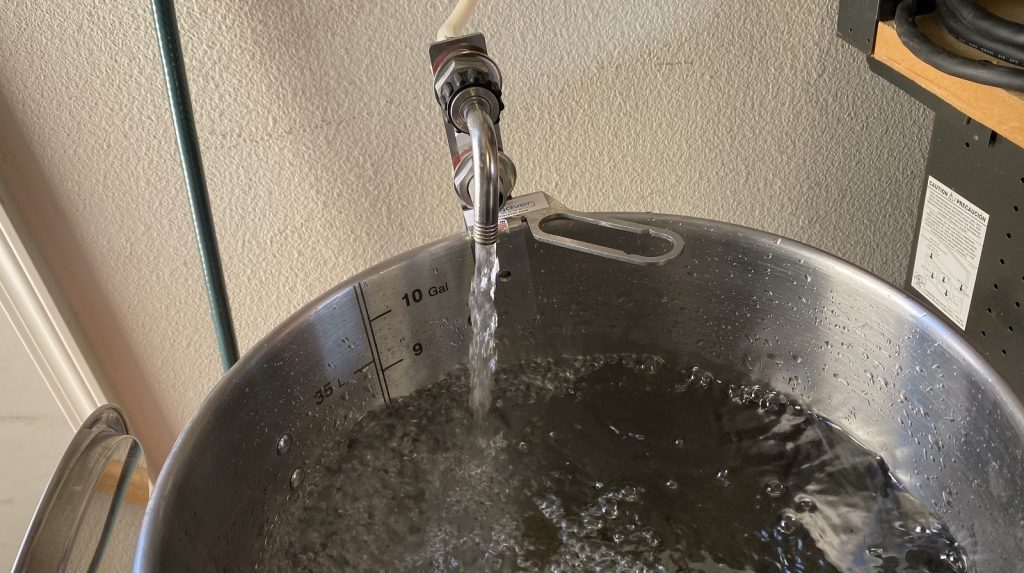
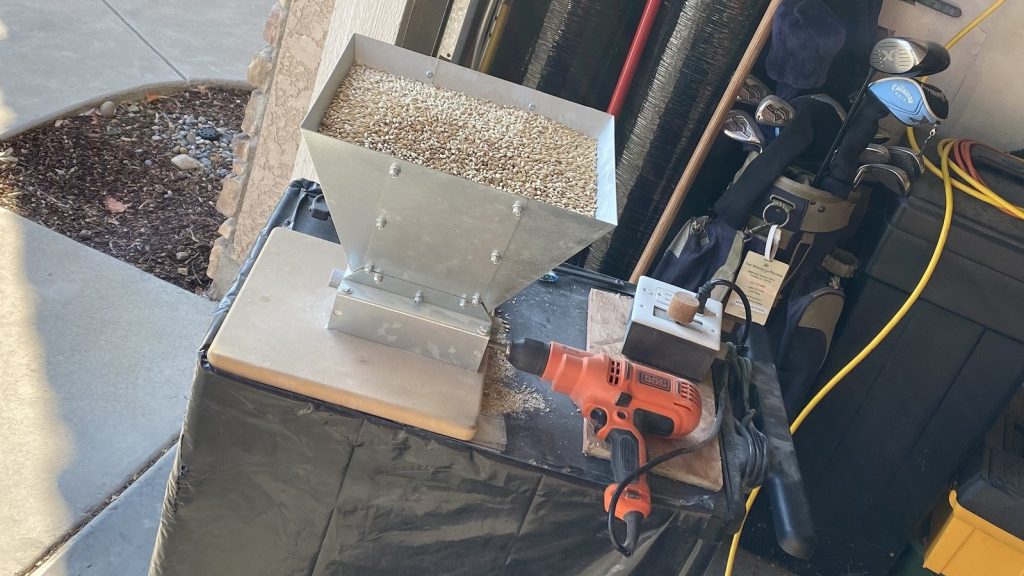

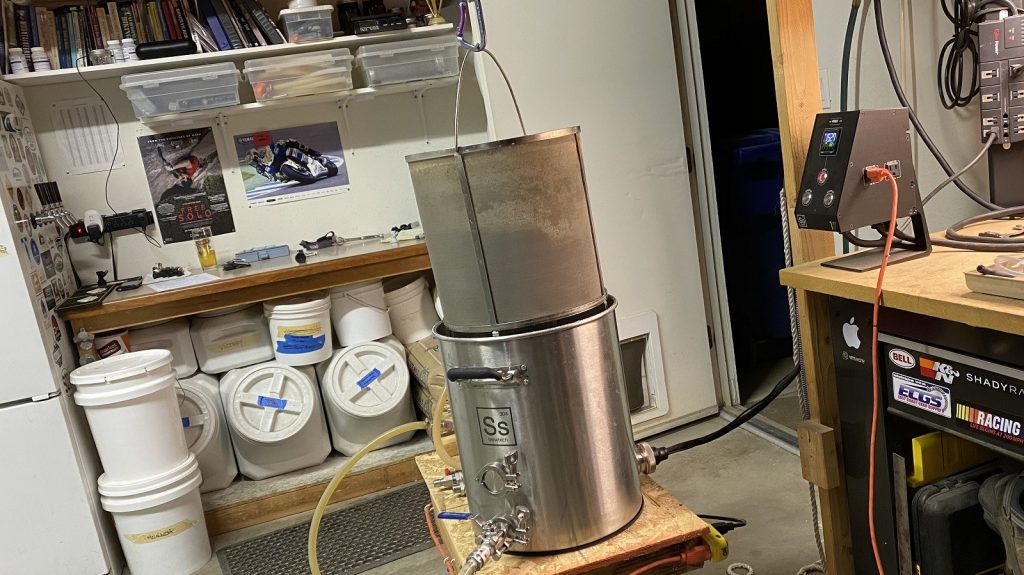
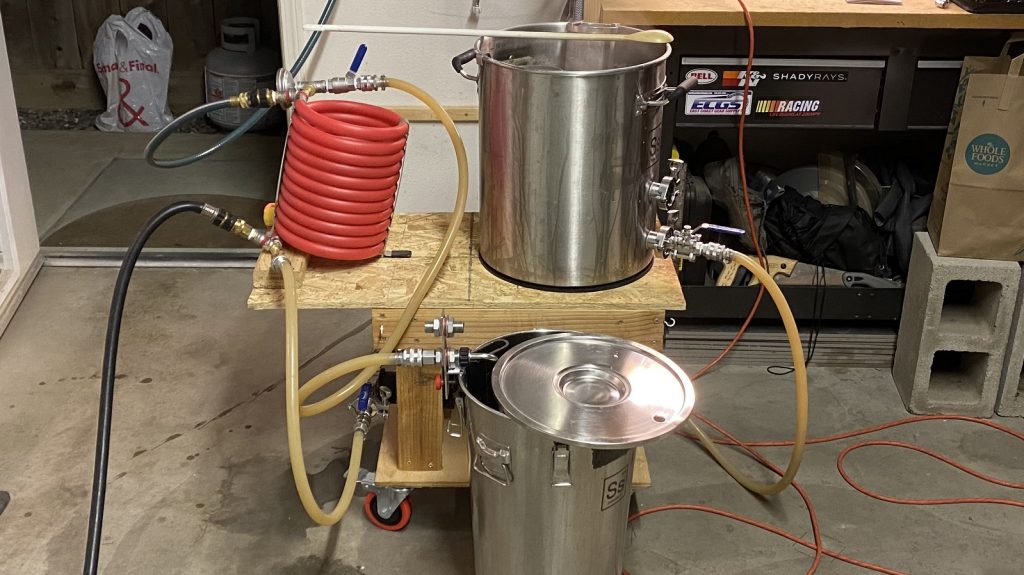

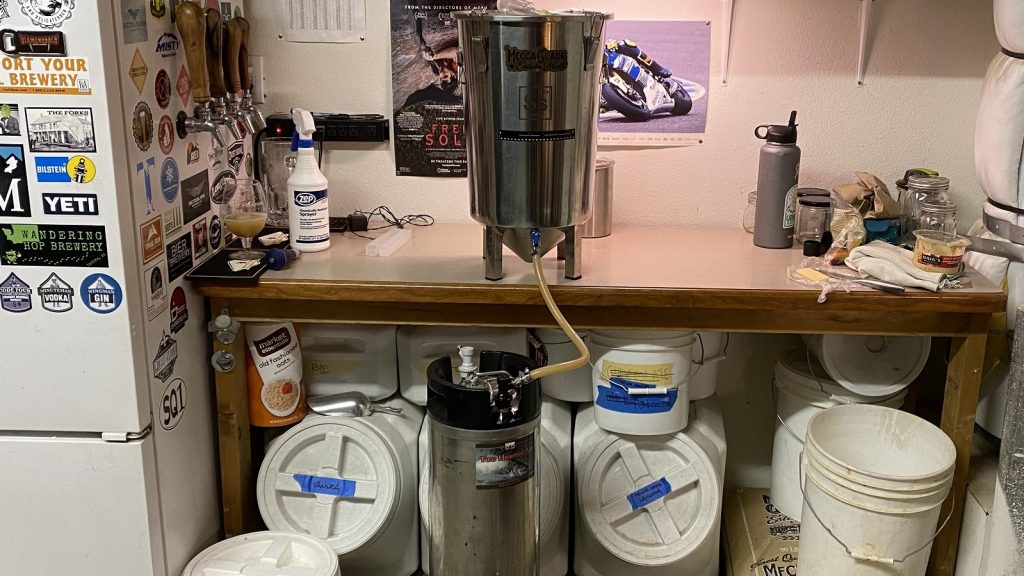
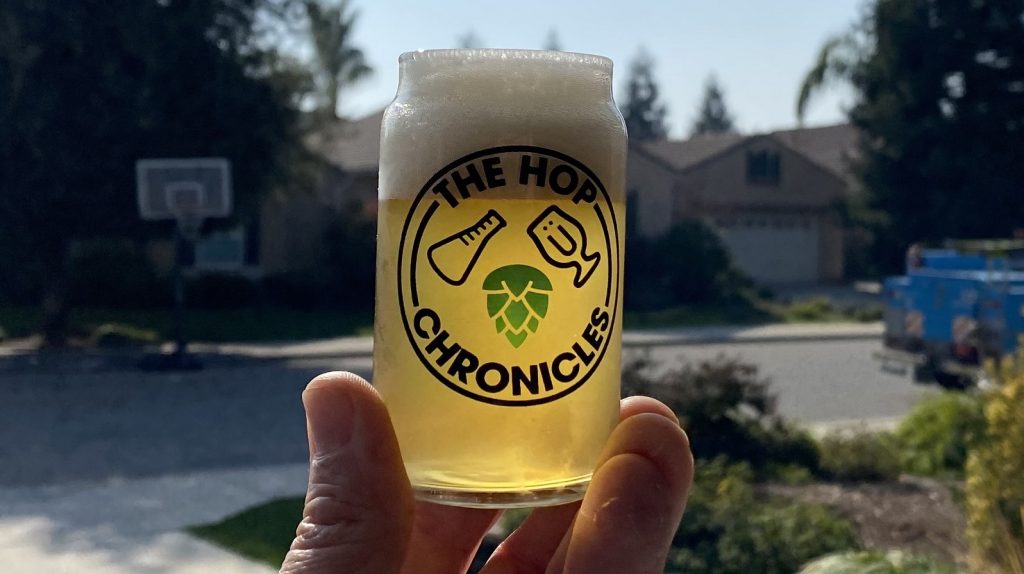

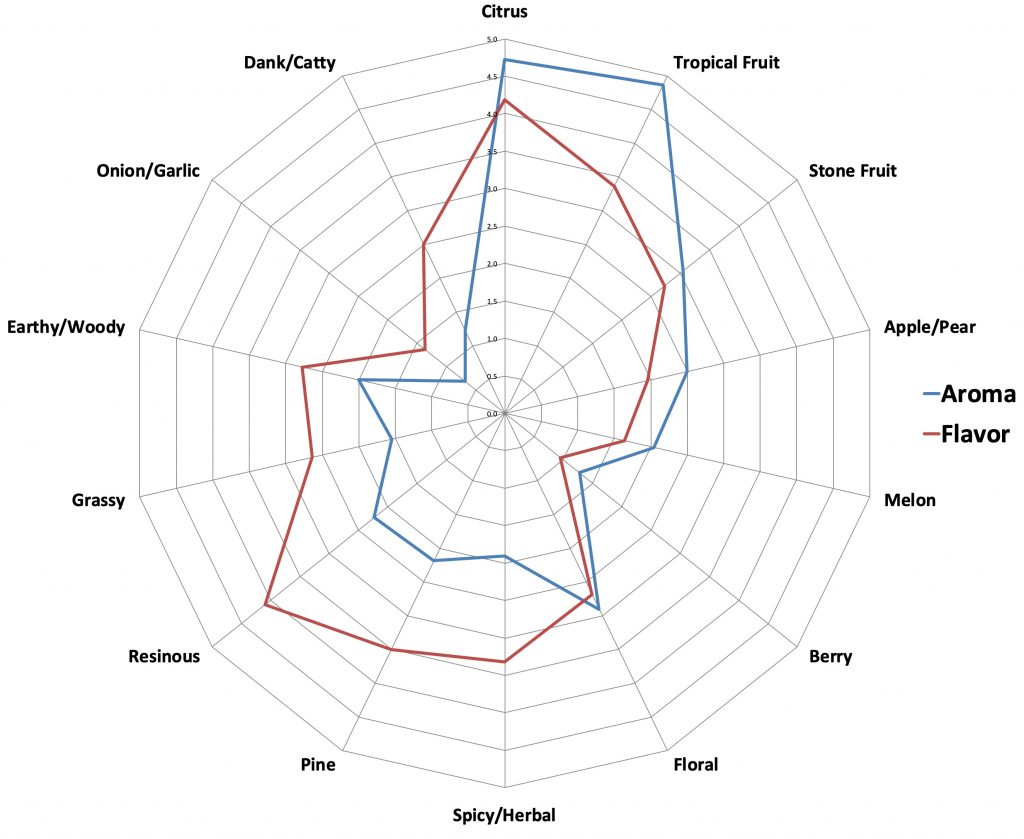
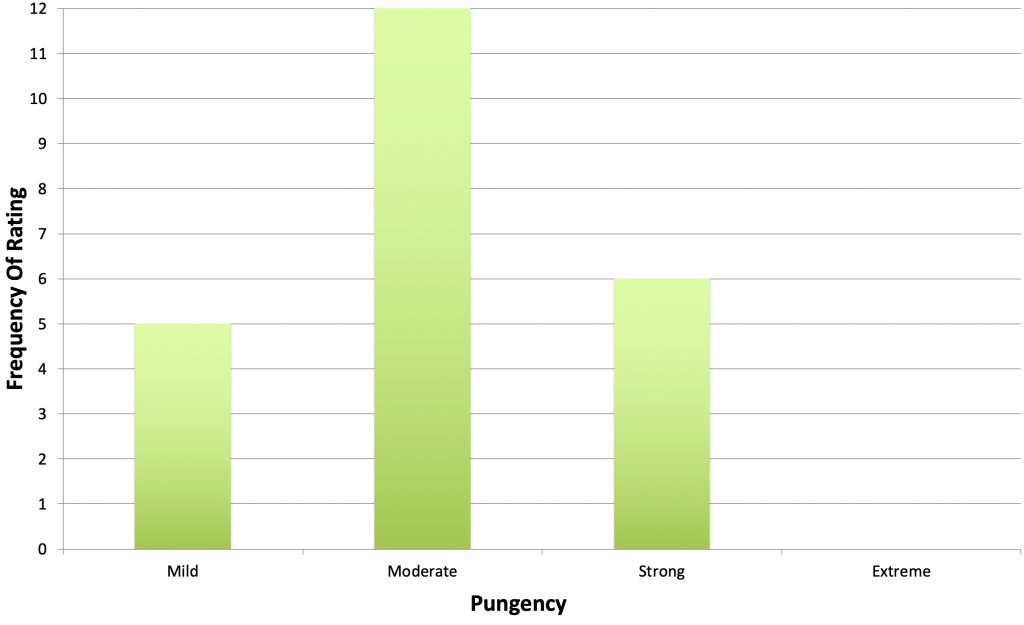
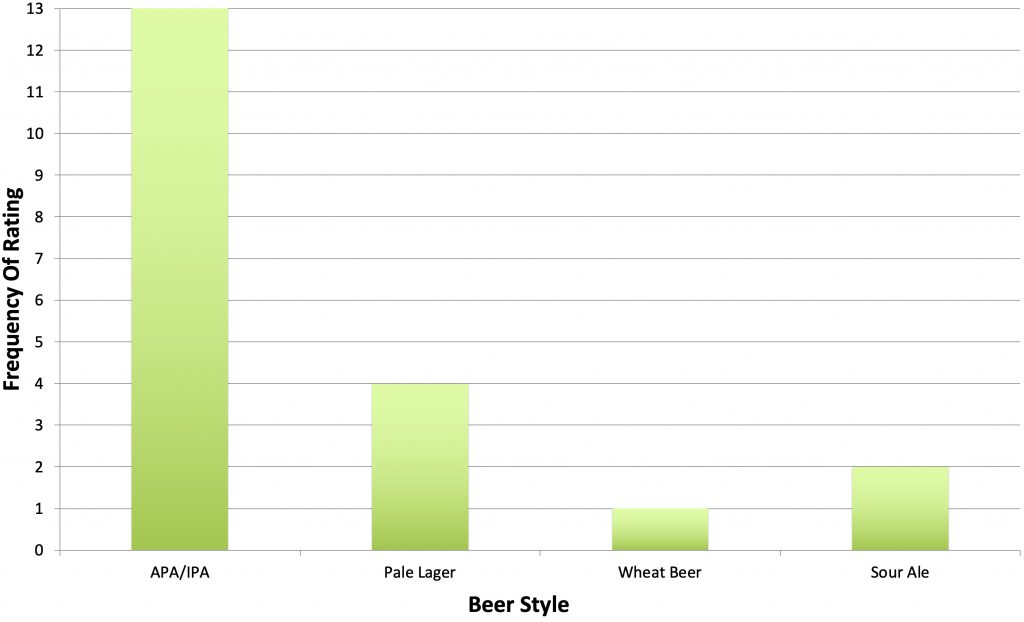












6 thoughts on “The Hop Chronicles | Sorachi Ace (2019) Pale Ale”
I have used Sorachi Ace as the single hop in a pale ale. For me it is best consumed very cold, for as it warms in the glass the lemon diminishes while the dill flavor comes forward. A refreshing crushable pale ale, great lawnmower beer.
You’re right about it being great in saisons. Brooklyn Brewery makes a Sorachi Ace saison that is out of this world. It’s a regular feature in most of my saisons as well.
I’m going to try this same hop schedule but with maybe 12# of Leopold Bros Pilsner malt
Just wanted to say I use that same brewing basket, and I’m really happy with it. Instead of a pulley, I pull it up out of the wort, hang 4 little J-clips on the rim of the kettle, then let the basket rest on those while it drains. It also doubles as a giant hop spider.
I second the opinion on Brooklyn Brewing’s Sorachi Ace Saison. It was my first exposure to the hop and it’s a really great beer.
I think Sorachi Ace is one of those hops like Summit that is pretty variable. I’ve had some beers that are super citrus-forward, but others that have a savory/herbal note. It would be interesting to pin down whether this is related to terroir, harvest conditions, storage, when it’s added to the beer, etc., because when it’s good, it’s really good. But when it’s bad it can ruin a batch.